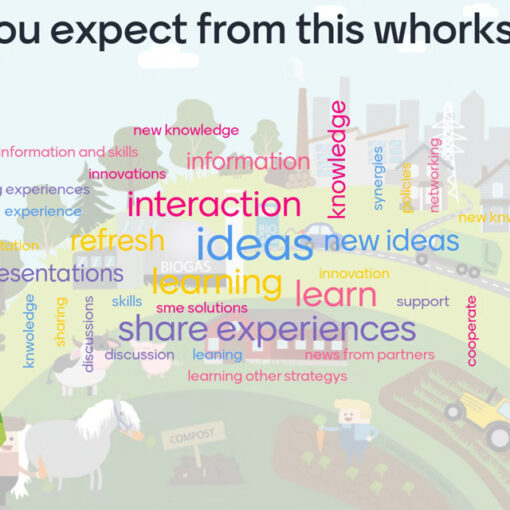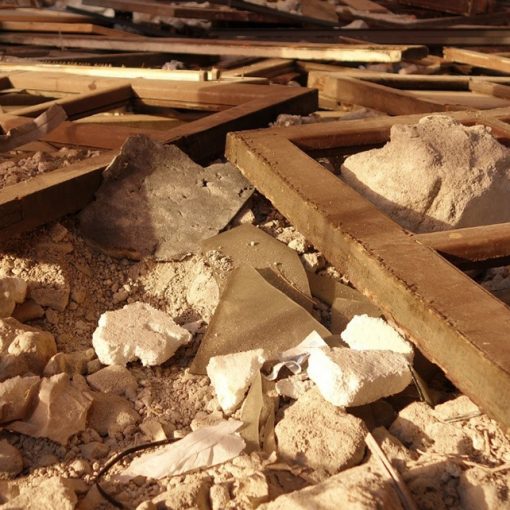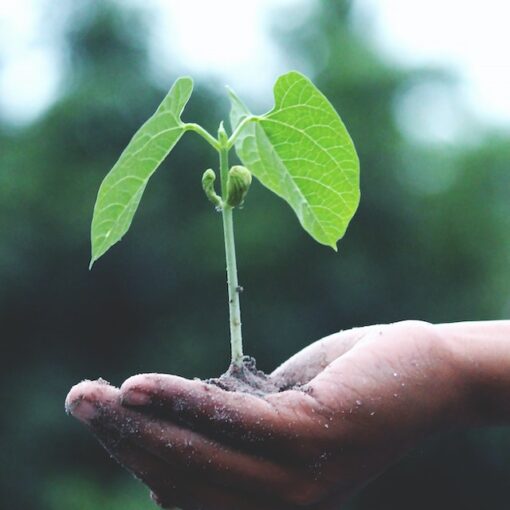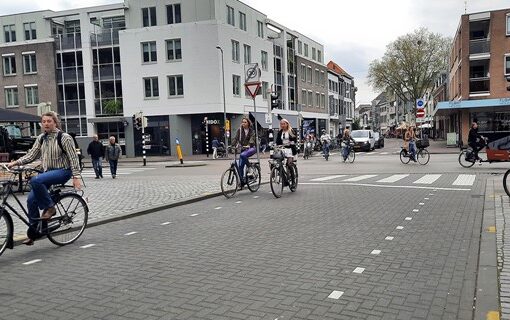The current economic system has brought us unprecedented prosperity but has also led us to overconsumption and exploitation of the Earth’s critical systems. Because of this we are now facing severe ecological crises such as climate change and biodiversity loss. To tackle these vicious problems, we must transform the system, but how?
In 2017 Kate Raworth published an alternative economic framework called the Doughnut model. This model defines the ecologically and socially safe boundaries for human actions and the economy. (Raworth 2025.) For cities it offers a transition tool to reshape their policies to achieve holistic sustainability. The model is in use in many European cities, such as Berlin, Amsterdam, Brussels (Goodwin 2021) and Grenoble. The ClimateGO project had a chance to learn more about the model in action while visiting the City of Grenoble in May 2025.
A new compass guides Grenoble towards sustainability
During the third international meeting of the ClimateGO project Nathalie Le Meur from the city of Grenoble presented us the Doughnut of Grenoble (Image 1). As Nathalie pointed out, the Doughnut provides a new compass for thinking about the future of their own territory. It also visualizes political paradoxes, serving as one of the main tools to enhance political decision-making. A concrete example of the model’s implementation in Grenoble is to use it both as a visualization and as a sustainability assessment tool for the city’s projects. (Le Meur 2025.)
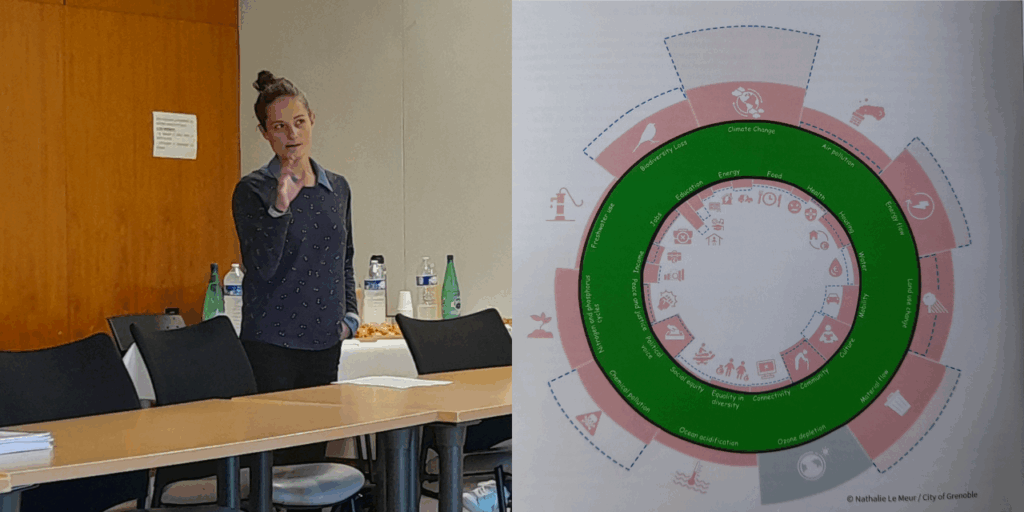
The accessibility of the Doughnut concept makes it well-suited for a broad audience. To engage citizens with this framework, a series of regularly scheduled workshops has been organized. These sessions featured a variety of engaging, educational, and interactive tools designed to promote awareness and understanding. The workshops utilize a lot of creative methods and illustrate the issues and situations being examined. (Le Meur & Grcheva 2025.)
Additionally, thematic events have been held to highlight specific issues, enabling a deeper exploration of topics that influence all aspects of daily life. These events also offer valuable opportunities to reach more targeted audiences, thereby enhancing the initiative’s overall impact and relevance. (Le Meur & Grcheva 2025.)
A holistic approach to sustainability convinced the Finnish stakeholders
ClimateGO project’s Finnish stakeholders, Master Plan Architect Johanna Sääksniemi and Orimattila City Councilor Johanna Ekman, were especially impressed by the holistic approach to sustainability and risk management, which included futures thinking, citizen engagement, and visual communication. The amount of data collected and the concrete actions to enhance the transition were also considered significant.
During the visit, there was a lot of discussion about how the Doughnut model could also be utilized in the Päijät-Häme region. The first concrete step towards the Doughnut has already been taken. International students from the degree program of Master in Urban Climate and Sustainability (MUrCS program) will, during the summer, benchmark how the model has been utilized in other cities. This work will help to further identify the possibilities in Päijät-Häme.
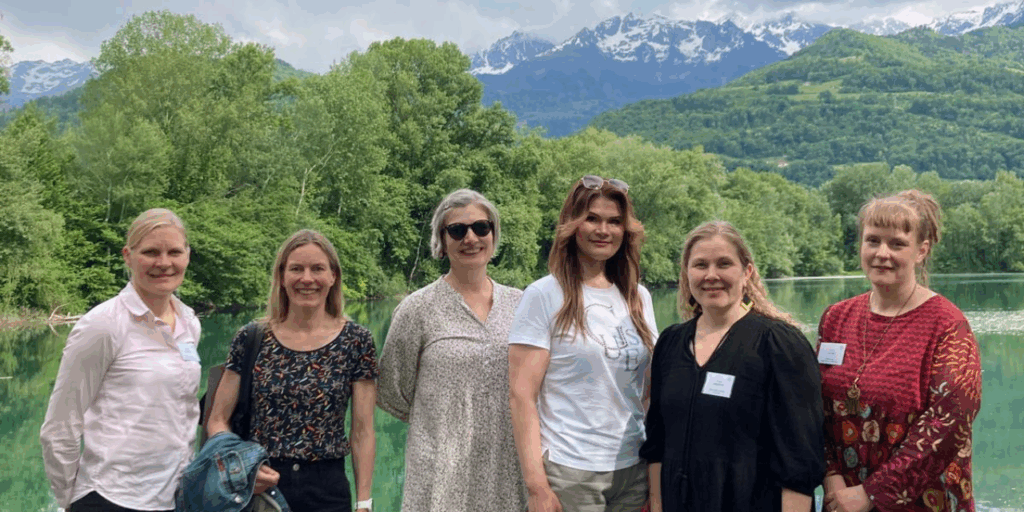
Grenoble 2040 – A safe and just place to live
The City of Grenoble was selected as the 2022 European Green Capital. The train has not stopped, but the ambitious sustainability work continues:“We are not stopping now. We have a long journey to sustainable living in Grenoble” (Le Meur 2025). A concrete example of the continuity is the project Grenoble 2040, which guides the city towards a collective future that is both desirable, socially just, and environmentally safe. The aim of the project is to offer the children born in 2022 the opportunity to celebrate their 18th birthday in a safe and just space. The implementation of the project is based on current scientific knowledge, citizen participation – and of course the Doughnut! (City of Grenoble 2022, 35–44.)
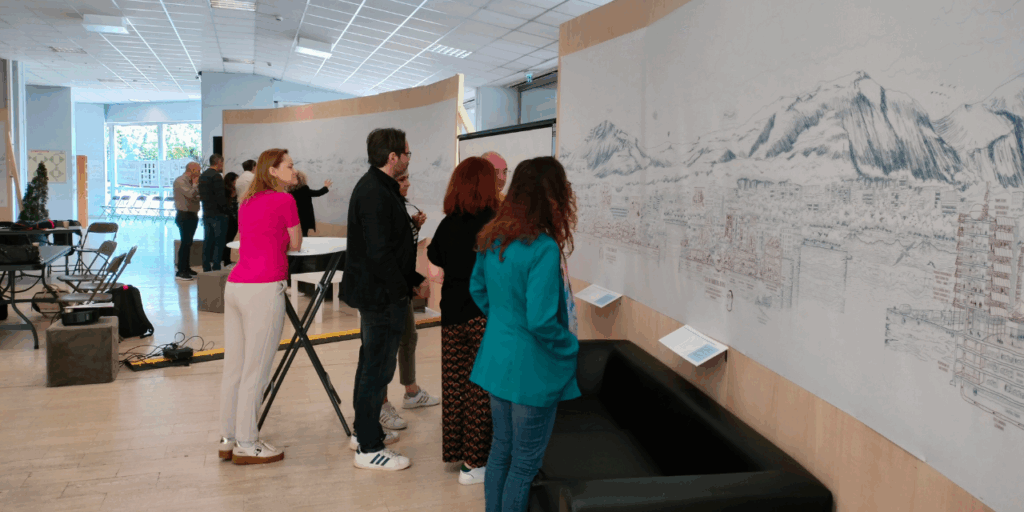
During the visit we were presented with “The mural of the future”, a visualization from Grenoble in the year 2040. This work comprehensively combines both the vision and the implementation to achieve a sustainable Grenoble by the year 2040 (Image 3). (Flourete 2025.) As such, the mural serves as an inspiring example for other European cities of how sustainability work can be done with strong vision, citizen engagement, and political will!
Authors
Marjut Villanen works as an RDI Specialist at LAB University of Applied Sciences. She promotes climate-smart decision-making in her work as a project manager in several climate change adaptation projects.
Hanna Suutari works as an RDI Specialist at LAB. In the ClimateGO project she strives to promote climate-smart communication.
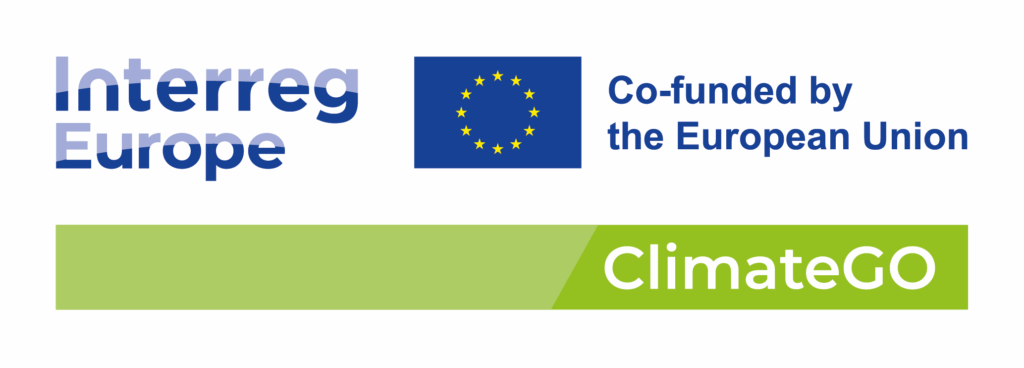
References
City of Grenoble. 2022. Grenoble in Transition. Panorama of flagship actions in 2022. Grenoble: City of Grenoble.
Flourete, P. 2025. The Grenoble 2040 project. Presentation in the ClimateGO project’s 3rd interregional meeting on 14 May 2025.
Goodwin, K. 2021. Designing the Doughnut: A Story of Five Cities. Doughnut Economics Action Lab. Cited on 21 May 2025. Available at https://doughnuteconomics.org/stories/designing-the-doughnut-a-story-of-five-cities
Le Meur, N. 2025. Social and environmental analysis grid and the doughnut of the City of Grenoble. Presentation in the ClimateGO project’s 3rd interregional meeting on 13 May 2025.
Le Meur, N. & Grcheva, L. 2025. Doughnut Economics, a way to reshape the world from the local level. Presentation in the professional workshop in Biennale des Villes in Transition on 15 May 2025.
Raworth, K. 2025. What on Earth is the Doughnut?… Cited on 21 May 2025. Available at https://www.kateraworth.com/doughnut/

